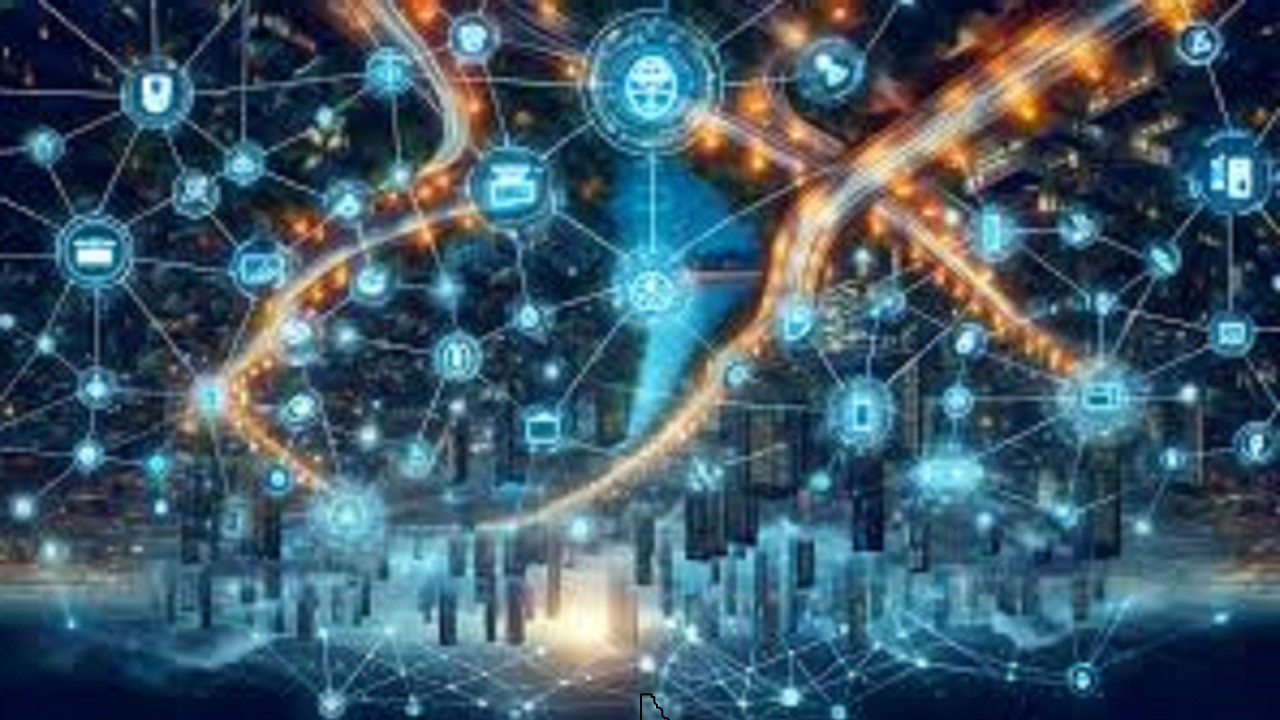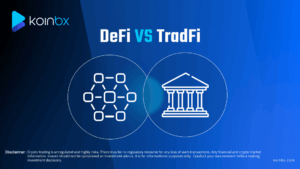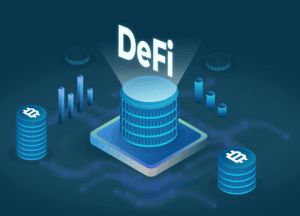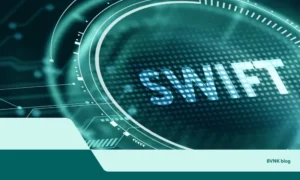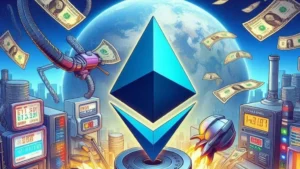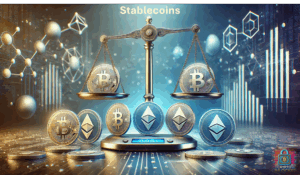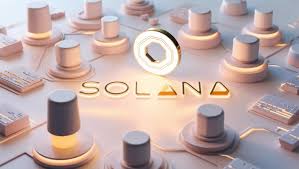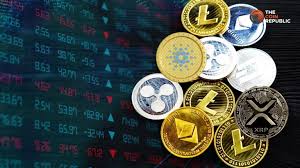From smart homes to self-driving cars, the Internet of Things (IoT) is revolutionizing how we interact with the physical world. With billions of connected devices collecting and exchanging data in real time, the IoT ecosystem is becoming the nervous system of the modern world. But with this massive connectivity comes a fundamental challenge: trust.
How do we ensure the integrity, security, and authenticity of data in a hyper-connected world? How can devices communicate without centralized intermediaries that may fail or be compromised?
The answer may lie in an unexpected alliance: IoT and blockchain technology. When combined, these two innovations promise to bring security, transparency, and automation to our increasingly digital lives—unlocking a future where machines trust each other as much as humans do.
The Trust Problem in IoT
The Internet of Things connects sensors, machines, and systems across industries—from healthcare and agriculture to manufacturing and logistics. However, centralized IoT networks often face several critical problems:
- Data Tampering: Central servers are vulnerable to hacks or internal manipulation.
- Lack of Interoperability: Different devices and platforms struggle to communicate securely.
- Single Points of Failure: Centralized architecture can be taken down by outages or attacks.
- Privacy Risks: Sensitive user data is often stored and controlled by third parties.
As the number of connected devices is projected to reach over 30 billion by 2030, these issues will only magnify. For IoT to scale safely, trust must be built into the system by design—not added as an afterthought.
Blockchain: A Trustless Trust Layer
Blockchain technology offers a decentralized, tamper-proof ledger where transactions and interactions are recorded chronologically and immutably. Unlike traditional systems that rely on centralized authorities, blockchains enable peer-to-peer trust, even among parties that don’t know each other.
Here’s how blockchain addresses IoT’s vulnerabilities:
- Data Integrity: Device data is hashed and timestamped on-chain, ensuring authenticity.
- Decentralized Identity: Devices can have verifiable IDs without relying on a central registry.
- Smart Contracts: Automated rules and payments can be enforced without human intervention.
- Auditability: Every device action can be tracked and verified in real time.
“Blockchain transforms IoT from a collection of connected devices into a coordinated, trusted ecosystem.”
Use Cases: Where IoT Meets Blockchain
1. Supply Chain Transparency
In logistics and agriculture, IoT sensors track temperature, humidity, and location of goods. By recording this data on a blockchain, companies can prove product authenticity, reduce waste, and build trust with consumers.
- Example: IBM’s Food Trust uses blockchain and IoT to trace food from farm to fork.
- Example: VeChain leverages IoT tags to ensure the authenticity of luxury goods and pharmaceuticals.
2. Smart Cities
IoT devices like traffic sensors, air quality monitors, and utility meters help cities optimize operations. When combined with blockchain, these systems can share verified data across departments or vendors—boosting efficiency while protecting privacy.
- Blockchain ensures secure, auditable records of energy usage, toll payments, or civic complaints.
3. Healthcare and Wearables
Wearables collect sensitive health data. Blockchain ensures that this information remains tamper-proof, verifiable, and accessible only to authorized parties—enabling secure sharing between patients, doctors, and insurers.
- Projects like Mediledger explore how blockchain and IoT can combat medical fraud and streamline drug traceability.
4. Autonomous Vehicles
Connected cars rely on real-time data from surroundings and other vehicles. A decentralized blockchain layer can enable vehicle-to-vehicle (V2V) communication, dynamic insurance pricing, and trusted over-the-air updates.
- Smart contracts can facilitate micro-payments for tolls, charging stations, or data sharing on the go.
5. Energy Grids and Smart Homes
Blockchain-enabled IoT devices in homes and buildings can autonomously trade energy, detect faults, or optimize consumption. Peer-to-peer energy marketplaces, powered by smart meters and blockchain, make energy local, efficient, and decentralized.
Benefits of the Blockchain-IoT Integration
✅ Enhanced Security
IoT networks become resistant to attacks like spoofing or data manipulation, thanks to blockchain’s cryptographic protection and distributed nature.
✅ Automation Through Smart Contracts
From turning off appliances based on grid demand to automating insurance claims for damaged goods, smart contracts allow devices to take autonomous, pre-programmed actions without needing human oversight.
✅ Reduced Costs and Intermediaries
By eliminating third parties and central servers, companies can cut down on maintenance, compliance, and reconciliation costs.
✅ Improved Transparency and Compliance
Blockchain provides a verifiable audit trail of every action taken by devices—boosting regulatory compliance in industries like pharma, defense, and finance.
Challenges on the Road Ahead
While the potential is vast, integrating blockchain with IoT also presents significant hurdles:
- Scalability: Public blockchains can struggle with the volume and speed of IoT data. Layer 2 solutions, sidechains, or hybrid models are often needed.
- Storage and Bandwidth: IoT devices are lightweight and often can’t handle full blockchain clients.
- Standardization: Lack of common protocols between IoT manufacturers and blockchain platforms creates fragmentation.
- Regulatory and Legal Uncertainty: Questions remain around data ownership, liability, and cross-border data flows.
“Blockchain can’t fix IoT overnight—but it can lay the foundation for trust, integrity, and automation at scale.”
The Future: Decentralized Machine-to-Machine Economies
As both technologies evolve, we are heading toward a future where devices not only connect—but also transact, negotiate, and coordinate with each other.
Picture this:
- Your electric car negotiates a charging rate with the nearest solar station.
- A drone verifies air quality sensors before making deliveries.
- Your refrigerator orders and pays for groceries based on smart contract conditions.
These interactions—called machine-to-machine (M2M) economies—are not science fiction. They are emerging realities made possible by the convergence of IoT, blockchain, and AI.
Platforms like IOTA, Helium, and Fetch.ai are already pioneering decentralized IoT infrastructure with integrated token economies and autonomous agent coordination.
Conclusion: Building a Trusted, Connected World
The synergy between IoT and blockchain represents one of the most promising technological frontiers of the 21st century. Together, they unlock a world where devices are not just passive data collectors, but active, autonomous agents in a secure and decentralized digital ecosystem.
In this world, trust isn’t given—it’s cryptographically guaranteed. Data isn’t owned—it’s shared securely and selectively. And automation doesn’t rely on centralized servers—it’s embedded in code that can’t be tampered with.
“In a connected world, trust is the ultimate currency. Blockchain is how IoT earns it.”

